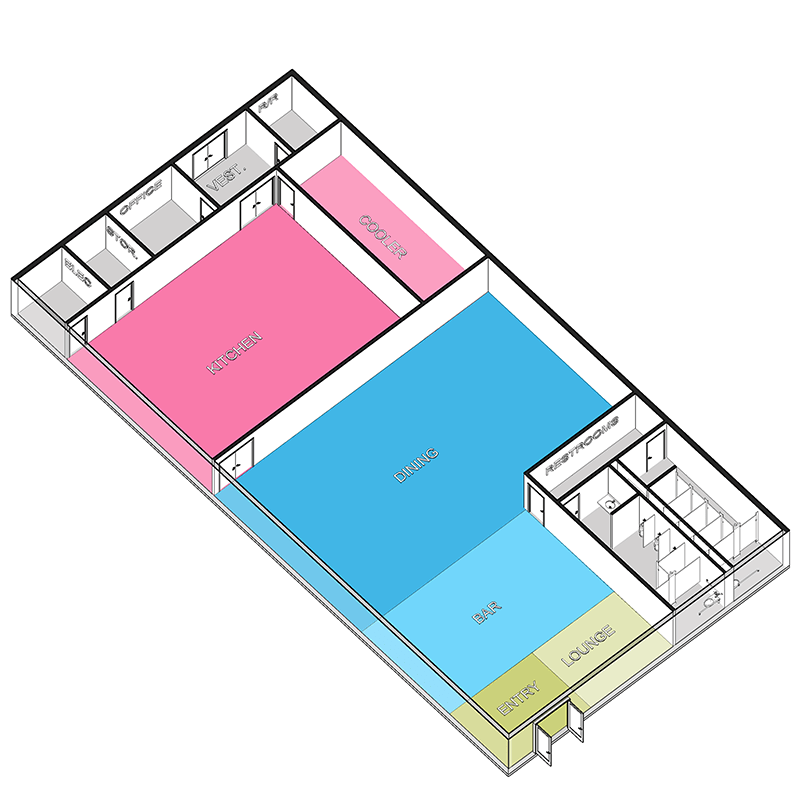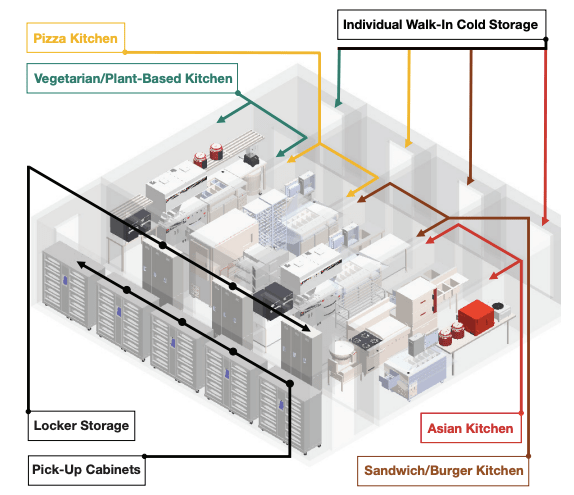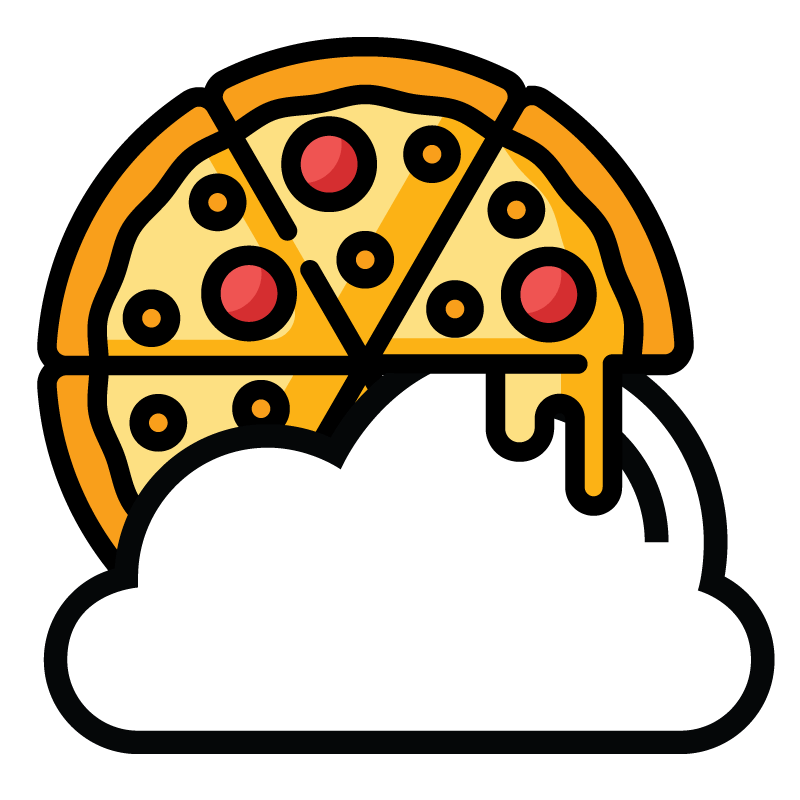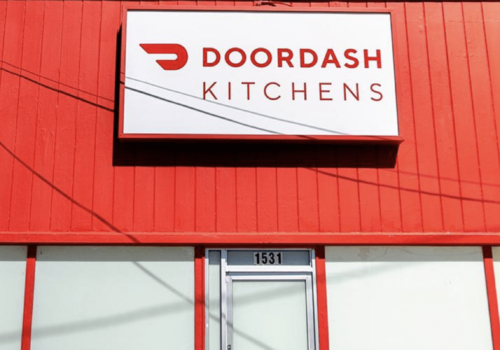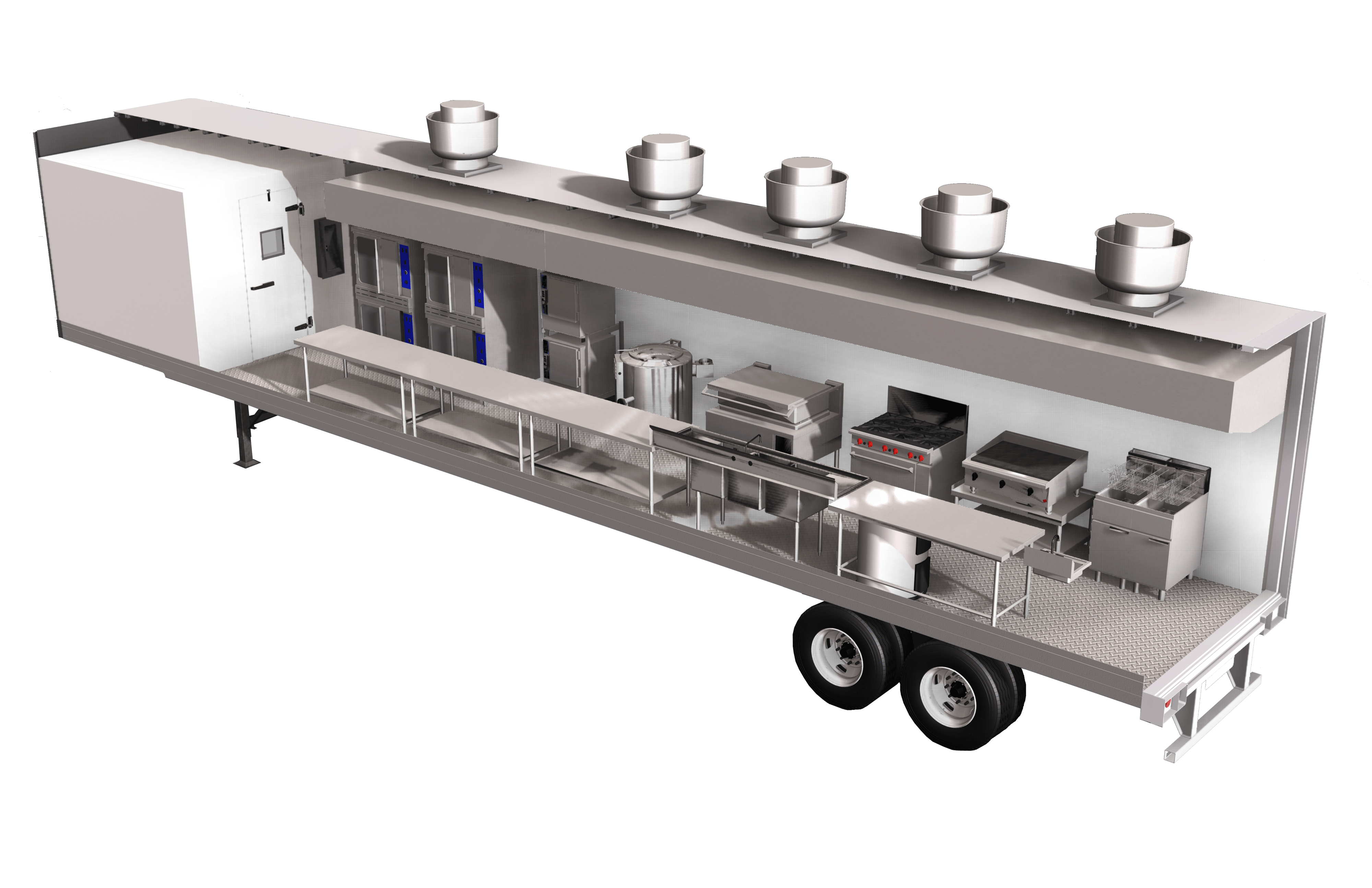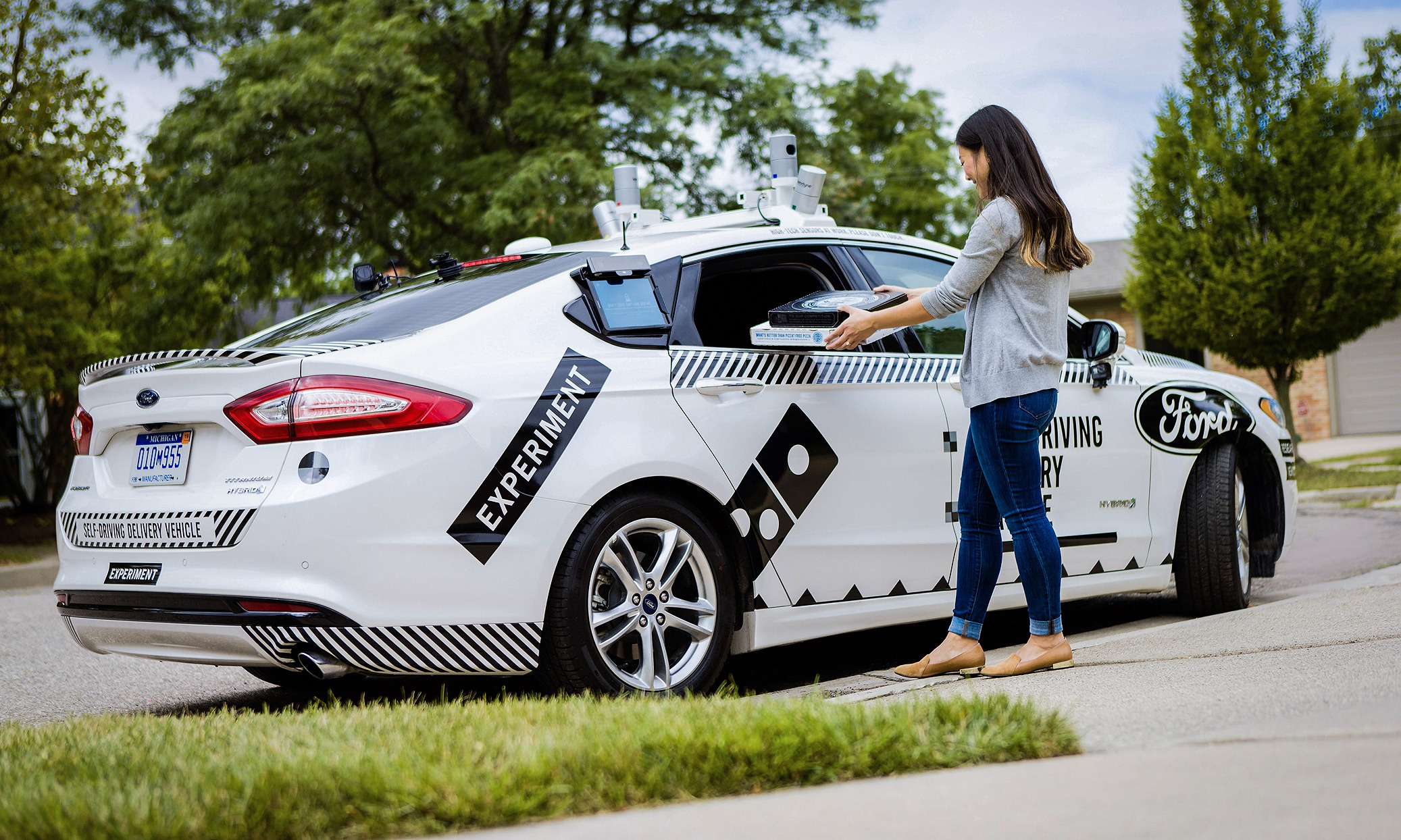WHAT IS A CLOUD KITCHEN?
Also referred to as ghost kitchens, virtual kitchens, commissary kitchens, or dark kitchens. This type of restaurant development goes by many names, but all are referencing a new model which is a restaurant with no storefront that operates solely through delivery. For the sake of consistency, we will refer to these restaurant unicorns as “cloud kitchens”.
TOP FOOD DELIVERY SERVICE APPS
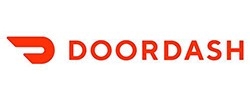
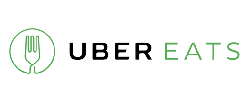


A New Kind of Kitchen is on the Rise
Despite the substantial investment required in real estate, leasehold improvements, and kitchen equipment, restaurants in the United States face a 60% chance of failure in their first year; this along with major advancements in technology and economic pressures from the global pandemic have created a catalyst for a hard reset of the restaurant industry.
In the report “Is the Kitchen Dead?” by UBS, it is estimated that the online food delivery market will grow 10x in the next ten years, from $35 billion currently to $365 billion by 2030. The U.S. restaurant industry is worth $556B with over 700,000 physical locations. Off-premise restaurant sales account for 38% of total restaurant sales.
This $198 billion segment is broken into 3 categories:
In 2019, restaurant delivery sales saw a 46% year over year growth. The average annual increase in delivery sales has historically been around the 20% mark. This increase is being driven by the multitude of food delivery apps with a constant influx of new competitors all trying to get a slice of the pie… I hope you like food puns.
Many restaurants see the rise in cloud kitchens as a competitor, however, cloud kitchens will be pulling market share from grocery chains rather than the local bistros. On any given day in the U.S., 6% of the entire country will be eating take-out for one meal or another. As many of us can attest during this pandemic, that our take-out and delivery habits have become amplified. Consumer habits will continue to change and it’s expected that restaurant delivery will continue to increase in a post-pandemic society.
Top Delivery Providers by Market (Jan 2020)
Nationwide (U.S.)
Houston
Dallas-Fort Worth
Creating Efficiencies & Opportunities for Expansion
As many restaurateurs look for new opportunities to expand their businesses, dark kitchens provide an easy way for existing restaurants to increase sales volume without overwhelming staff or altering their physical location.
Efficiencies in Real Estate
Ghost kitchens also offer many efficiencies for both restaurateurs and landlords compared to the traditional restaurant model. Below is a comparison of the same 2,000 square foot building footprint with two different scenarios: traditional dine-in restaurant and a cloud kitchen. The business models of both ghost kitchens and traditional, dine-in establishments differ in terms of start-up costs and operational expenses such as location, logistics, staffing, and licenses. Let’s look at how these two stack up:
LOCATION
STARTUP COSTS
STAFFING
PROFIT MARGINS
FOR LANDLORDS
TYPES OF CLOUD KITCHENS
These kitchens are typically owned by a 3rd party. Many restaurants use them on a shared basis, from kitchen space to fridge space. It’s like co-working for chefs and restaurateurs. These kitchens can be fully-equipped or just a shell kitchen.
This type of kitchen is also sometimes referred to as KaaS (Kitchen as a Service), likely derived from the sectors tech-based start.
Most similar to the commissary kitchen, however, these facilities are operated by a sole delivery app like UberEats or Grubhub. The advantage to the business owner is that they receive premium benefits when selling their items through the app, but are limiting their exposure to only a single apps’ user base.
This is a great option for startup restaurants with little capital or customer base who needs the app to drive traffic and provide marketing channels.
These are small containers, often renovated shipping containers or trailers, that can be placed in any location, such as parking lots. Due to their size and mobile nature, they are easy to set up and operate, however, this model has had its share of controversy around cleanliness and work conditions for employees.
This option would be ideal for those brands entering a new market where an aggregator or delivery app kitchen is not yet present. This is also an option for local brick and mortar restaurants who want to expand their delivery zones to other parts of town.
The independent kitchen model is a standalone kitchen with no offline presence. They can deliver the product themselves, through a delivery app, or through both.
This model has been used by the catering industry for decades, but with new delivery services has created a renewed opportunity for both caterers and restaurants to open their own “kitchen only” establishment.
In the hub and spoke model, a central kitchen prepares the food, and then semi-cooked dishes are shipped to final smaller outlets where they need to be cooked before shipping. Traditionally, this has been used by corporate kitchens for fast food chains. The advantage is the cost-savings due to scale and standardization.
This is a concept to keep an eye on. The concept and driving factor behind cloud kitchens is the convenience of delivery. However, Starbucks has launched a few pick-up only concepts in dense metros like New York City and Chicago, but this may be an anomaly due to the popularity of the mobile ordering function on their proprietary app.
